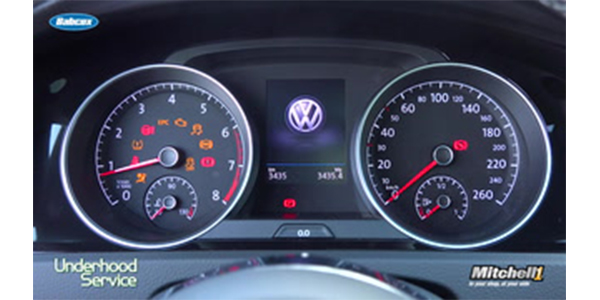Dynamic TPMS Introduces The DVT-PRO Sensor
This new single sensor solution is an addition to the Dynamic DVT Pro-Select three-sensor offering.
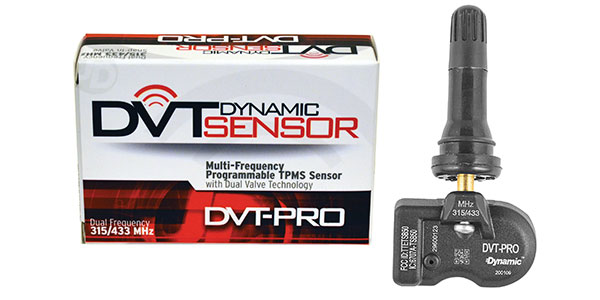
Continental Offers Free TPMS Training
Called TPMS – 2020 Vision, the training series will be conducted by Continental’s TIA certified technical training specialists.
Bartec USA Announces Second 2020 Software Update
A better working tool means more vehicles serviced and an improved bottom line for their service partners.
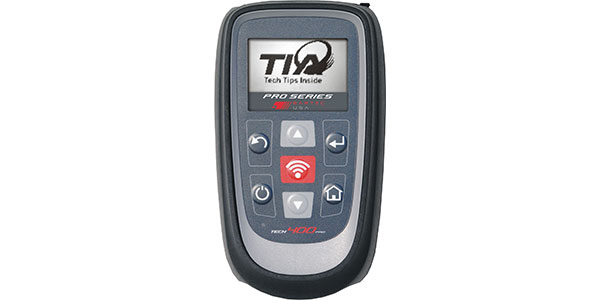
KIA TPMS
Most 2007-’10 models use clamp-on tire pressure monitoring sensors.
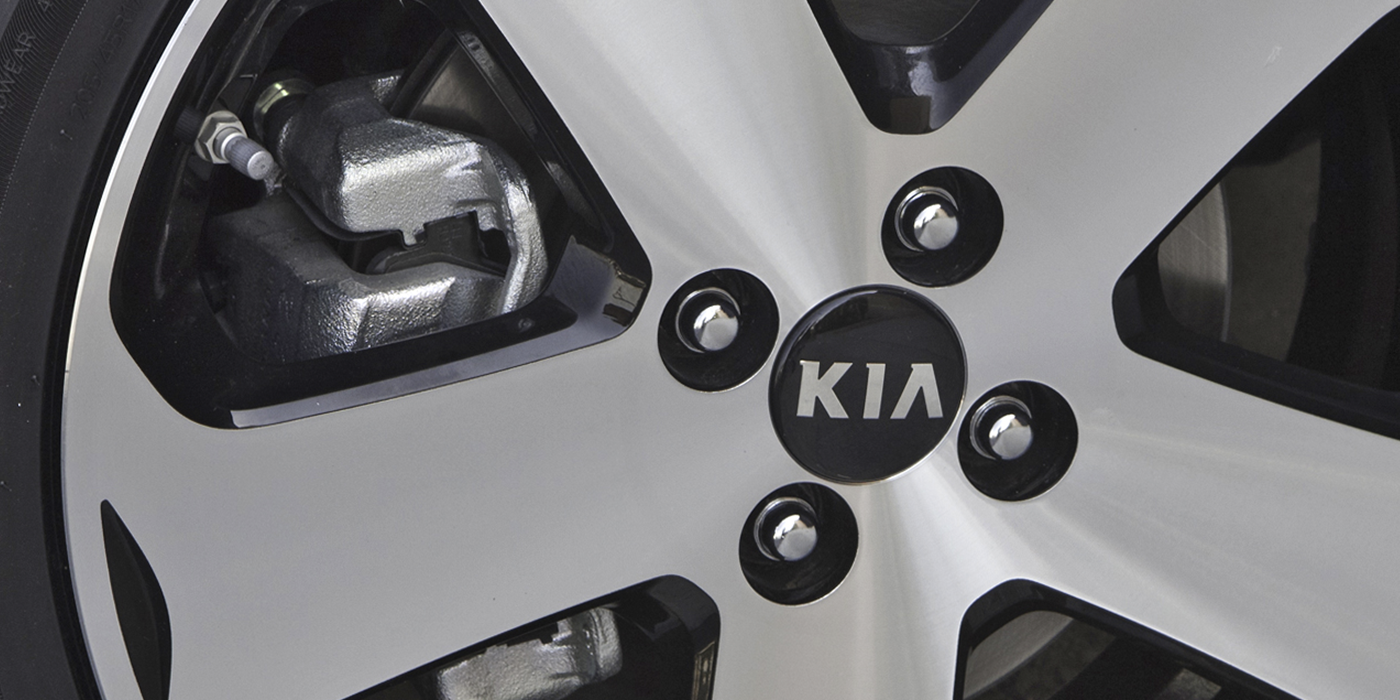
Subaru EyeSight Calibration: Is A Plumb Bob An OE Tool?
All ADAS calibration procedures should start with the same steps no matter the make or the tools used for calibration.
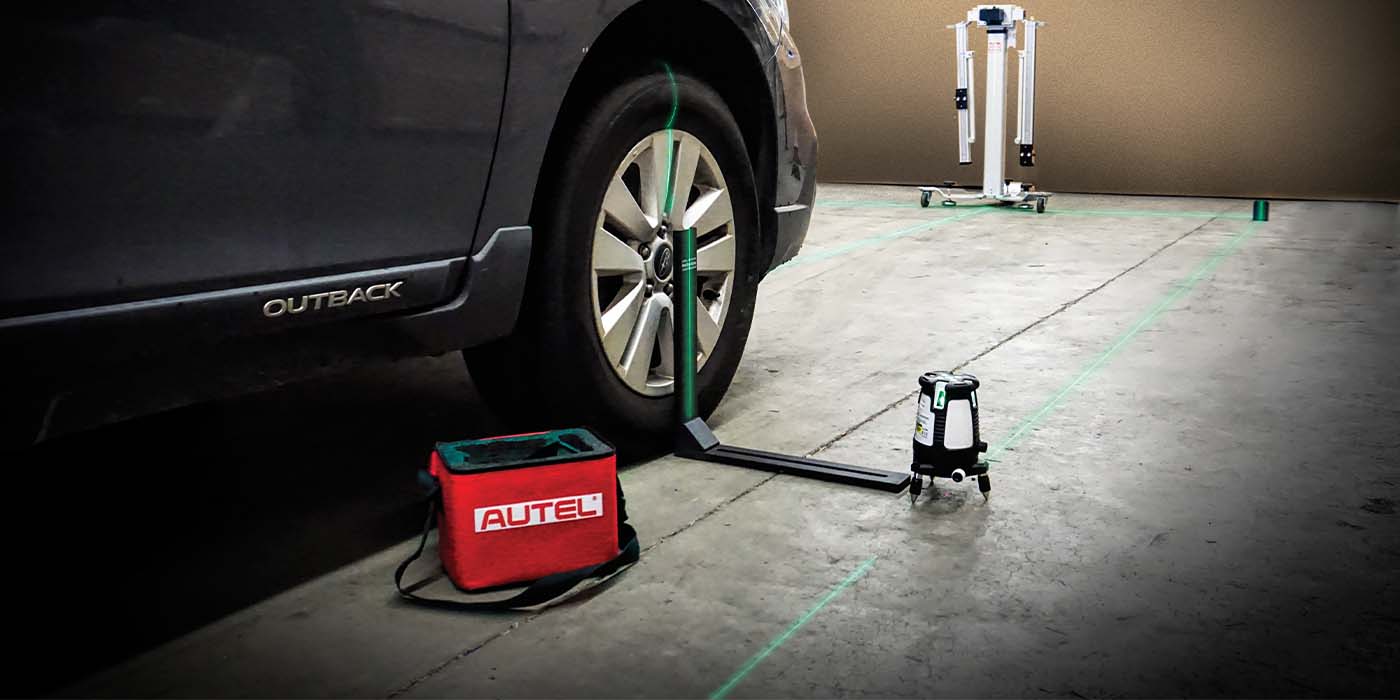
TPMS Diagnostic And Replacement Tips
Using new TPMS tools, you can have several options to replace and reprogram a sensor.
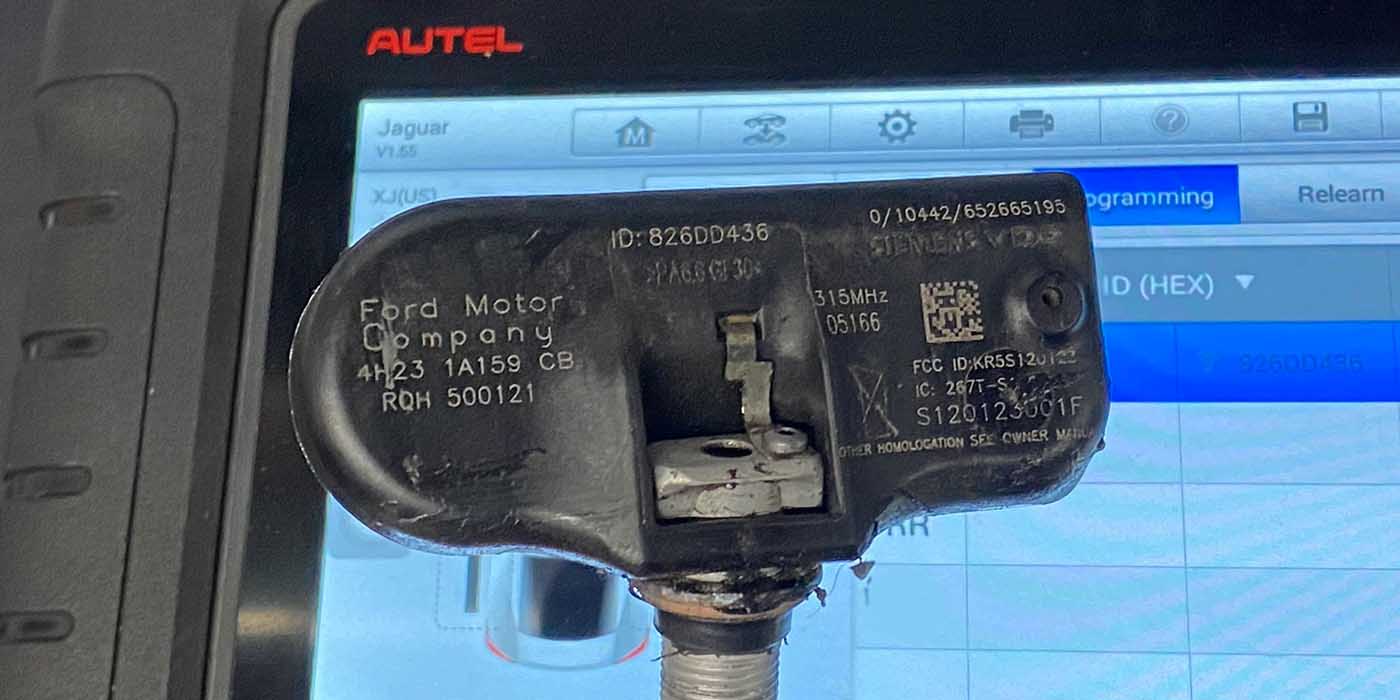
Cold Weather TPMS Operation
Tire pressures will change about 2%, or about 1 psi, for each 10° F drop in temperature.

TPMS Tips And Tricks For Relearn Procedures
There are a few things you can do to ensure the TPMS relearning process is as efficient as possible.
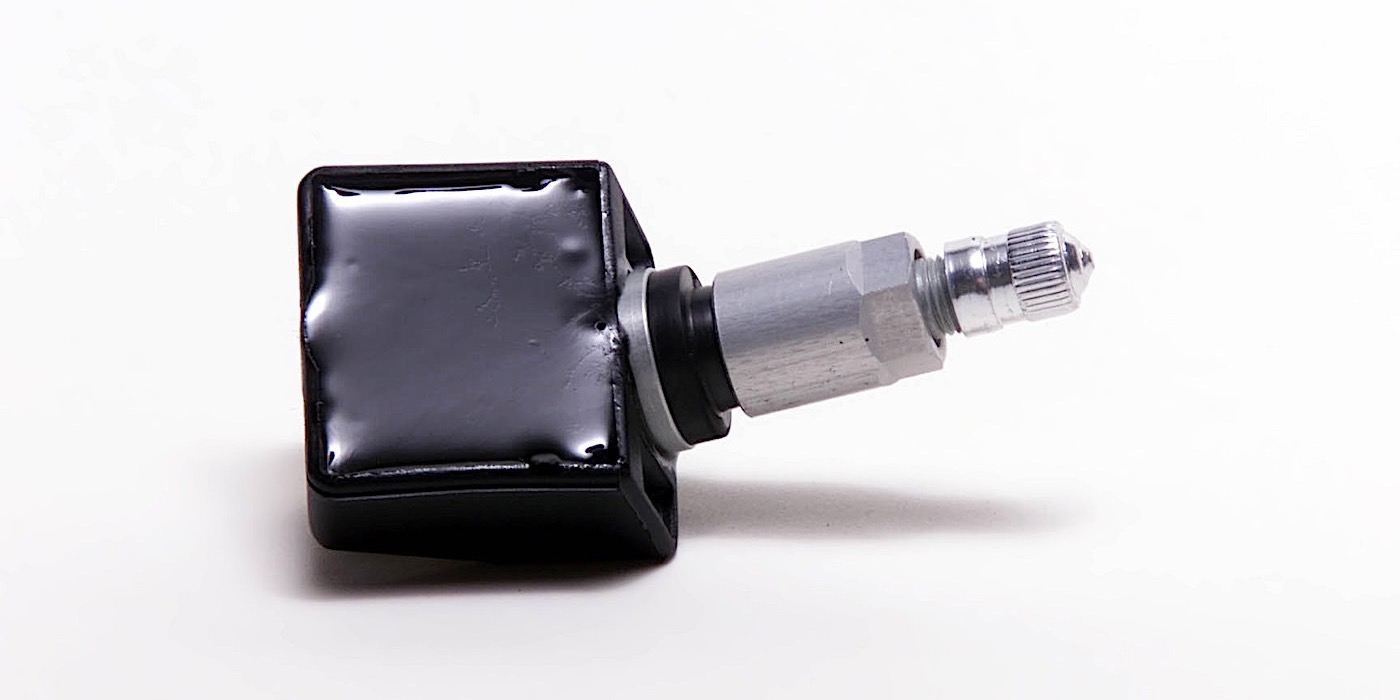
TPMS Curve Balls
When you think you know everything about tire pressure monitoring systems (TPMS), there will be a car or truck that pulls into your bays and challenges all of your knowledge and diagnostic skills.

Schrader TPMS Solutions Launches Training Academy
The first new training initiative under the Schrader Academy brand is the TPMS E-Training class offered on the website.
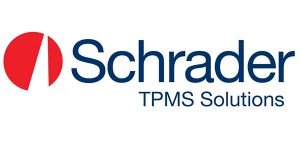
Chrysler Fiat TPMS: Auto Learn Headaches
Chrysler was one of the first manufacturers to use a TPMS relearn procedure that does not require a tool or special process. Just drive the vehicle for a minimum of five minutes (10-minute minimum for some RAM trucks) at speeds above 15 mph. Easy? It can be a simple procedure.
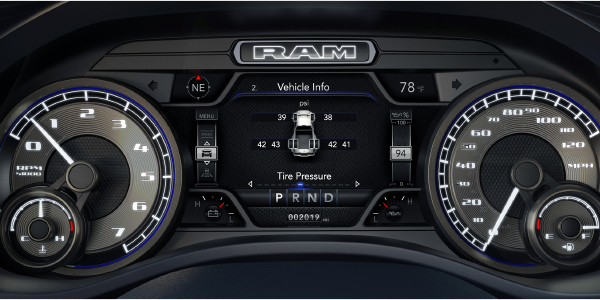
VIDEO: Ensuring The TPMS And Check Engine Lights Go Out And Stay Out
After you have performed the diagnosis and repair, how can you verify the monitor and code conditions? The simple answer is you need to use repair information not only before the repair, but after as well to verify that it was done correctly. Andrew Markel discusses how to find the correct service information and procedures to do so. Sponsored by ProDemand from Mitchell1.
